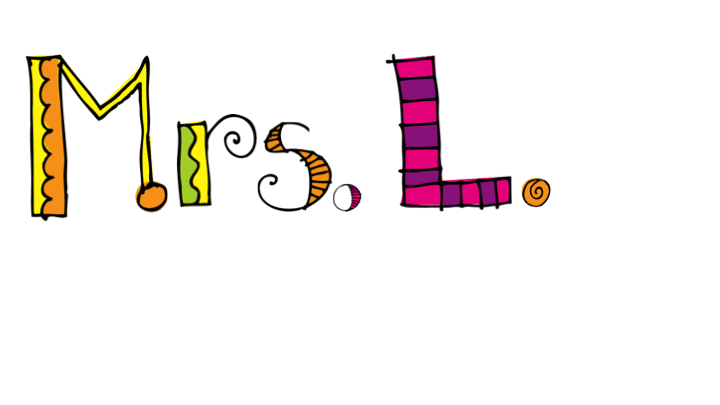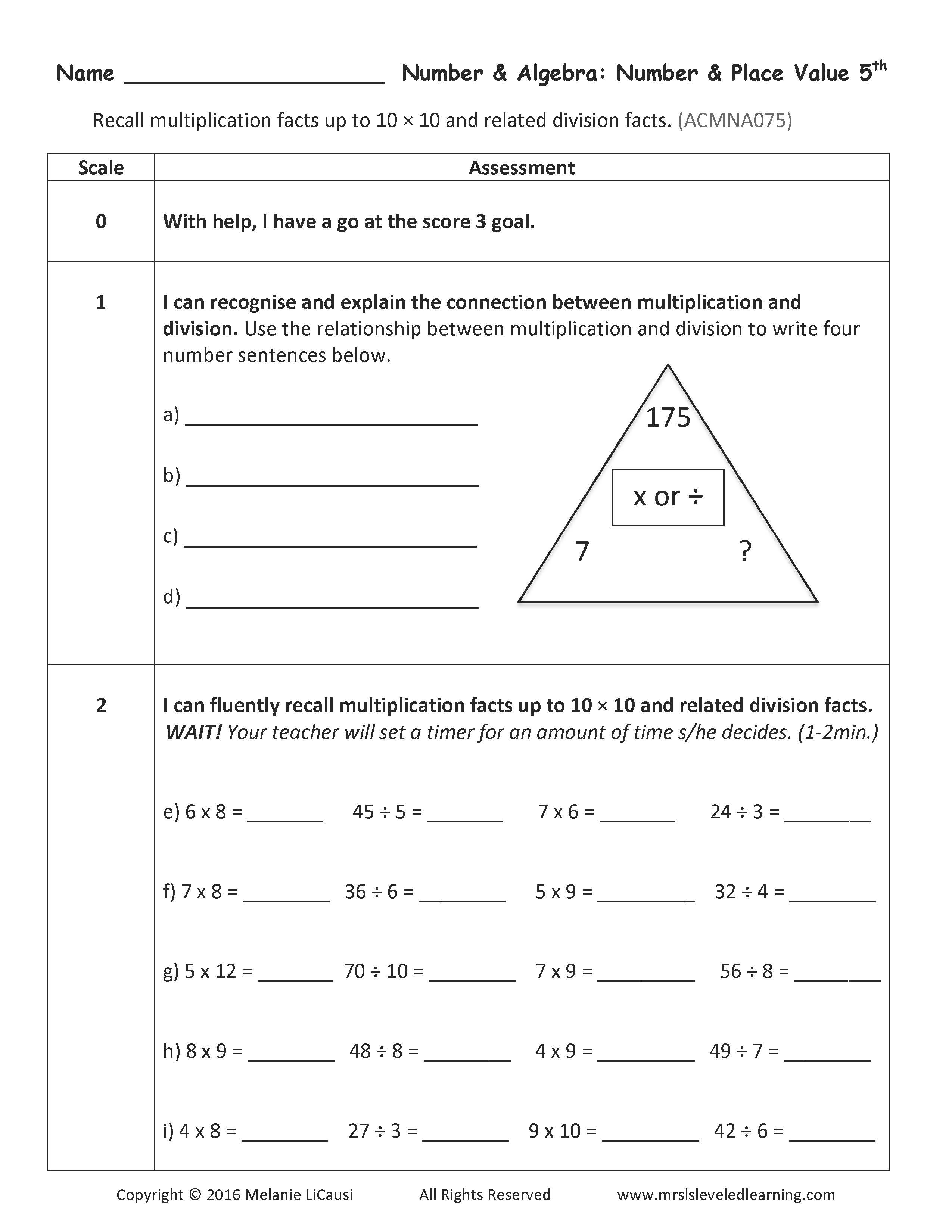The Year 4 Australian Leveled Assessments with Marzano Scales based on the Australian Standards for Year 4 Number and Place Value are almost done! I really wanted them finished before your new school year started, but life of course got in the way a bit! We does out two-bedroom townhouse in December. We lived with family for a month through the holidays, then moved again into our new home. Yeah! The kids re really happy to have their own rooms and a yard now. 🙂 After unpacking, darling with a week of family flu symptoms, 14 stitches above my knee (a longer story) and a new pregnancy, I finally have the time to wrap this up!!! 😀
I plan on publishing these and then working on some revisions if needed because I hit a strange snag with the fifth Australian Standards for Year 4 Number and Place Value “Recall multiplication facts up to 10 × 10 and related division facts.”(ACMNA075).
All of my work depends on research of the standards, as well as examples and explanations from the authors and publishers of each set of standards. The Australian Standards for Year 4 Number and Place Value website offers links to student portfolio work samples which I review carefully to make sure I’m representing each standard accurately in the Leveled Assessments and Marzano Scales. The standard sounds simple enough, right? But the student answers given in the “Above Satisfactory” example is incorrect. Am I missing something? Hmmm… (follow the link to page 12 of 36 to see the example!)
I would LOVE for some Aussie teachers to set me straight on this if I am misinterpreting how this standard is actually taught. Read on if you want to see the problem.

![]()
Here’s the problem: The student responses relating to chance look incorrect!The example of the “Bingo” game in the ACARA standards does not give adequate description of the game to conclude whether or not the “chance” of each number being chosen is correct out of 100. The problem is that chances are calculated based on the events that create the outcomes when repeated possibilities are counted. For example, to say that you have a 4/100 chance of having the product 30 chosen in a Bingo game is incorrect because the fact that there are more than one way to create some products means that your total number of possibilities for creating numbers above 100, is already greater than 100! Statistically the example looks incorrect because you’re not counting the 100 products as outcomes, you’re counting every repetition of a product that can result in numbers 1-100. Hmmm…this leaves me at a bit of a loss when trying to create an accurate assessment to represent this standard. It is not meant to involve statistics or chance, but the work samples include these examples so that students have a way to apply their knowledge of multiplication fact fluency to a real problem.
Please leave a comment below or visit my Facebook page, to enlighten me!
 Thank you to Glenda W. for her comments regarding:
Thank you to Glenda W. for her comments regarding:


Hi!
just a minor point:
in Australia we use the term Maths (with an s) not Math when abbreviating Mathematics.
Of course we understand both, but if you are targeting your product to an Australian audience it may be something you’d like to consider.
kind regards
Annie
Thanks Annie, I appreciate the feedback. As I’ve worked with teachers from Queensland I have learned a lot about the minor language differences so I can include correct spelling, phrasing and punctuation. It’s fun! My family and I are making our second trip to Australia next month. I’m hoping to pick up a little more of the local colloquialisms. 😉
I loved the insights you shared, thanks!